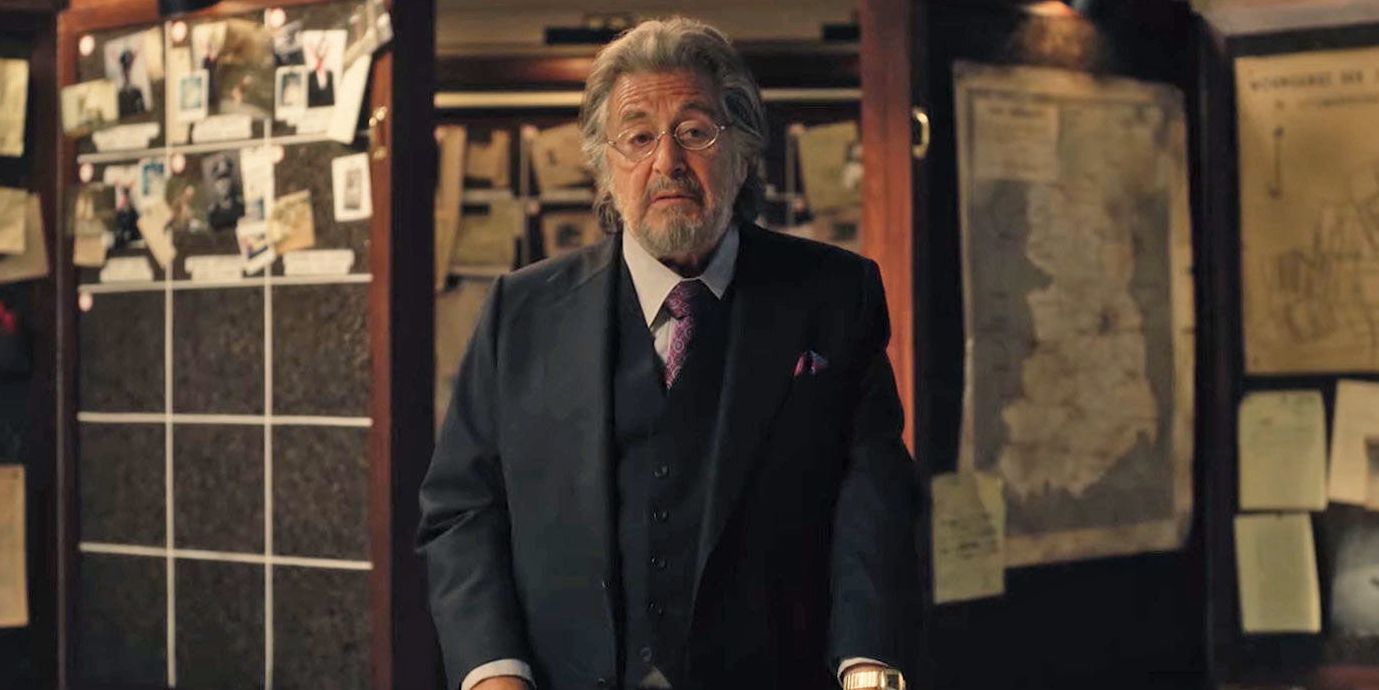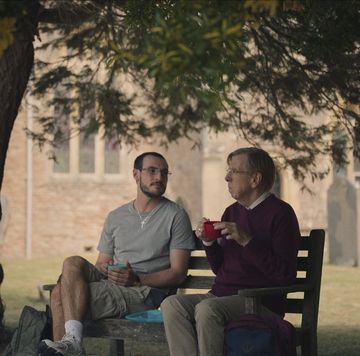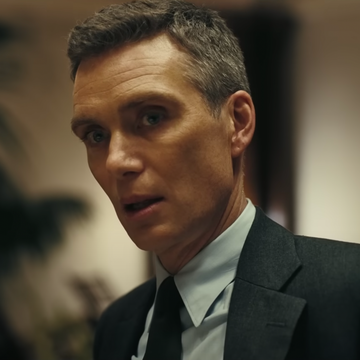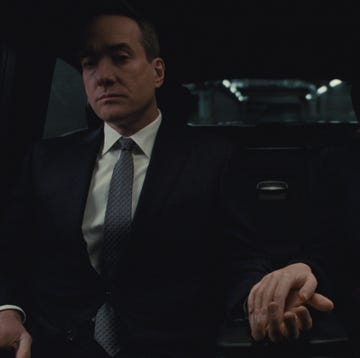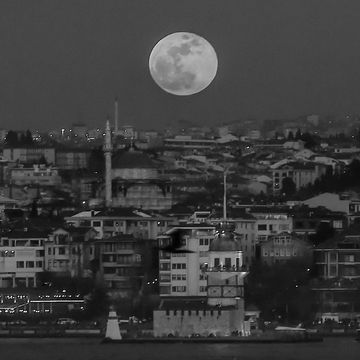Amazon Prime's show Hunters has made quite a splash. For one, it's got Al Pacino in the starring role and is produced by Jordan Peele, director of Get Out and Us. Second, there's the subject matter: set in 1977, it's about a motley crew of Nazi hunters in New York City. Led by Pacino, they're trying to bring the last remnants of the Third Reich to justice before they can start planning for a Fourth.
Third, it's taken some pretty gigantic liberties with the truth while styling itself as a sort of quasi-historical drama, and it's rubbed a lot of people up the wrong way. Really, if you've pissed off the Auschwitz Memorial for whatever reason, you really need to have a long hard look at yourself.
That central plank of the narrative, about there being a Nazi faction in New York, is a fiction, obviously – if thousands of Nazi fugitives had been agitating to overthrow democracy while everyone was hitting up Studio 54 and CBGBs, we'd have heard about it. But it turns out that there's more truth to Hunters than you might expect. Not loads more but certainly a bit more. Let's break it down.
What inaccuracy did the Auschwitz Memorial object to?
Given that there were so many thousands of very real and very horrifying atrocities during the Holocaust, the idea that you'd need to make one up just to give your Nazi-hunting show a little bit more pizzazz is slightly confusing.
That's what Hunters did though: the scene in which Nazi officers used prisoners at a concentration camp in a life-and-death game of chess drew a swift rebuke.
Not that this is the point, but it doesn't even really work on a metaphorical level. Some people said that it was basically fine as all TV and film modifies reality to some extent, but the Auschwitz Memorial was pretty forthright on where it stood there, too.
Why did anyone think that was a good idea?
It's not entirely clear, but creator David Weil – whose grandmother survived the Holocaust – did try to explain why the chess scene made it in in a statement responding to the Auschwitz Memorial's criticism.
"[T]his is a fictionalised event," he said. "Why did I feel this scene was important to script and place in series? To most powerfully counteract the revisionist narrative that whitewashes Nazi perpetration, by showcasing the most extreme — and representationally truthful — sadism and violence that the Nazis perpetrated against the Jews and other victims. And why did I feel the need to create a fictional event when there were so many real horrors that existed? After all, it is true that Nazis perpetrated widespread and extreme acts of sadism and torture — and even incidents of cruel 'games' — against their victims. I simply did not want to depict those specific, real acts of trauma."
You'll have to decide for yourself exactly how convinced you are here.
Were there Nazi officer living in America in the Seventies?
There were, although the boom time for Fascist-tracking in the United States was just after the war. Most Nazi fugitives who fled Germany went to South America using 'ratlines': one led from Germany to Spain and from there to Argentina; the other from Germany to Rome, then Genoa, then South America. Brazil, Chile and Argentina were the most popular destinations, especially the latter, since it had a large German immigrant population and had stayed neutral during the conflict. By some estimates, as many as 9,000 officers and collaborators made it to South America.
That's not to say no Nazis moved to the US after the war. Boļeslavs Maikovskis, a Latvian collaborator who worked as chief of police for the Nazis when the country was invaded, moved to Mineola, New York, in 1950 and lived there for 36 years. There were Nazis in New York before the war – indeed, there was a Nazi rally at Madison Square Garden in February 1939 – but there almost certainly weren't hundreds of Nazi officers secretly living in New York City.
More likely, in fact, was that they were there with the full endorsement of the US government. According to Eric Lichtblau's 2014 book The Nazis Next Door, there were many European Nazis scattered across America in the 1970s who welcomed as potentially useful spies against the Soviet Union. Lichtblau estimates as many as 10,000 entered America this way, a point confirmed by Annie Jacobsen's book Operation Paperclip. If any of them did want to create a Fourth Reich, they kept quiet about it.
Was there a crack squad of Nazi hunters in America?
Actually, yes. The Simon Wiesenthal Centre, a Jewish human rights organisation, was set up in 1977 (the same year Hunters is set and most likely the prime inspiration for Pacino's crew). It pursued – indeed, still does pursue – the prosecution of Nazi war criminals. By now, time has captured most of those who evaded its Nazi-hunters, but the Simon Wiesenthal Centre still publishes a list of its most wanted fugitives. In 1979, the Justice Department finally started investigating too, turning up names of Nazis and collaborators all over the country.
Wiesthenthal himself was a Holocaust survivor, and passed through the Janowska, Kraków-Płaszów, Gross-Rossen, Chemnitz, Buchenwald and Mauthausen-Gusen concentration camps. He spent the rest of his life trying to track down Nazis, setting up the Jewish Historical Documentation Centre in 1947 and the Documentation Centre of the Association of Jewish Victims of the Nazi Regime in 1961 to do just that.
Like this article? Sign up to our newsletter to get more delivered straight to your inbox.
